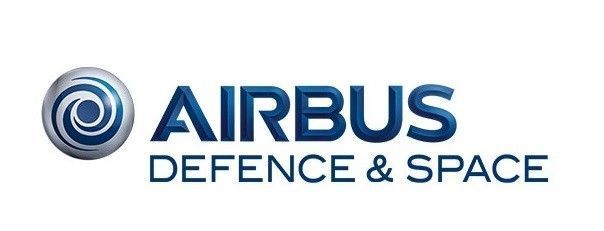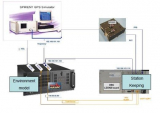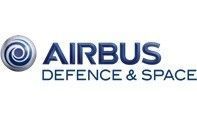
-
StatusCompleted
-
Status date2017-03-21
-
Activity Code4C.015
Trade-off on different autonomous orbit-determination solutions including GNSS and optical-based navigation, and a trade-off on different station keeping strategies, to define the global autonomous system best suited for chemical and for hybrid chemical/electrical Telecom platforms on geo-stationary orbit. The chosen solution is based on GNSS and on classical Station Keeping strategy. Performances are assessed on a closed-loop functional software simulator, and on a closed loop real-time test bench including a MOSAIC® GNSS receiver, a LEON2 on-board computer, a SPIRENT GNSS stimulator, and a REDHAWK PC.
The objective of this activity is to develop and evaluate the performances of on-board algorithms for the planning and execution of station keeping manoeuvres on geo-stationary orbit for fully chemical and for hybrid chemical / electrical telecommunication platforms, using autonomous orbit determination based on optical navigation or on GNSS. It is a natural follow-on to two previous ESA studies: “Feasibility of GNSS sensors for AOCS Applications in GEO and Higher Altitudes” and “GEO Orbit Determination Using an APS-Based Navigation Sensor”.
The chosen Station keeping strategy is similar to the one currently performed on ground because it offers a good ephemeris and manoeuvers prediction for at least the upcoming week, it has no overconsumption, and is well mastered by the operators.
- The navigation system: either MOSAIC or LION GNSS receiver
- The on-board computer implementing the station keeping manoeuvres computation and execution
- a MOSAIC GNSS receiver
- a LEON2 on-board computer
- a REDHAWK real-time linux PC
- a SPIRENT GNSS stimulator
Additional tests performed has shown the sensitivity of SK performances to the radial position error which could be reduced by further optimizing the GNSS receiver filter.





